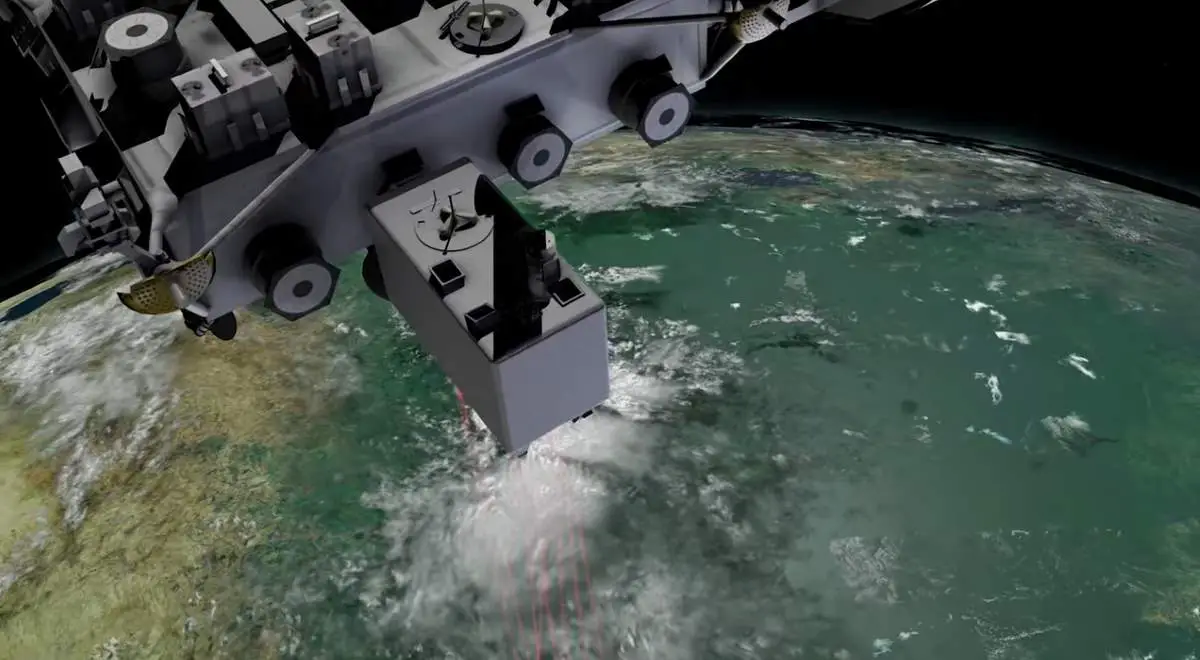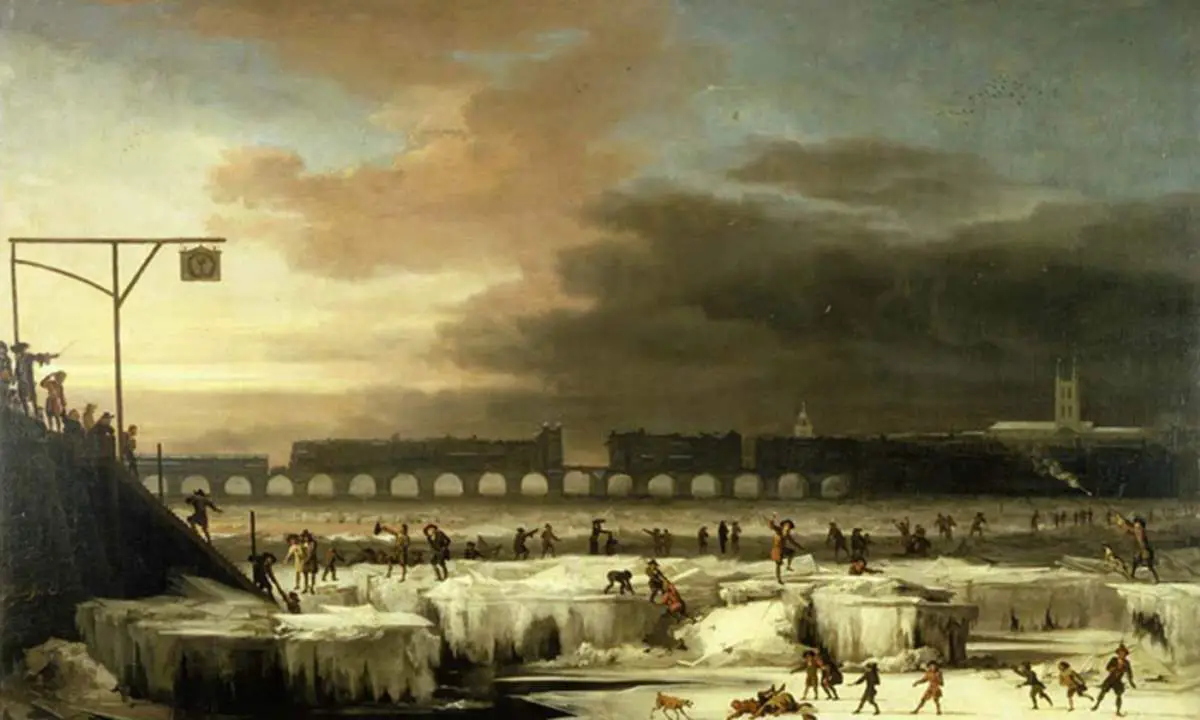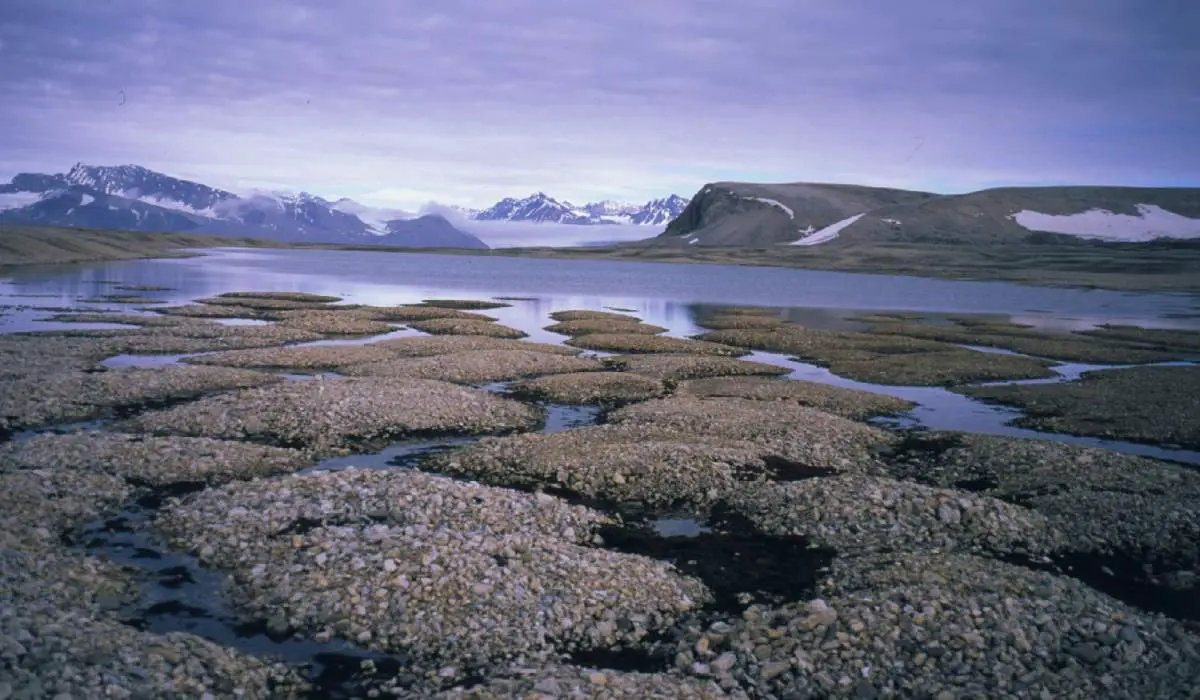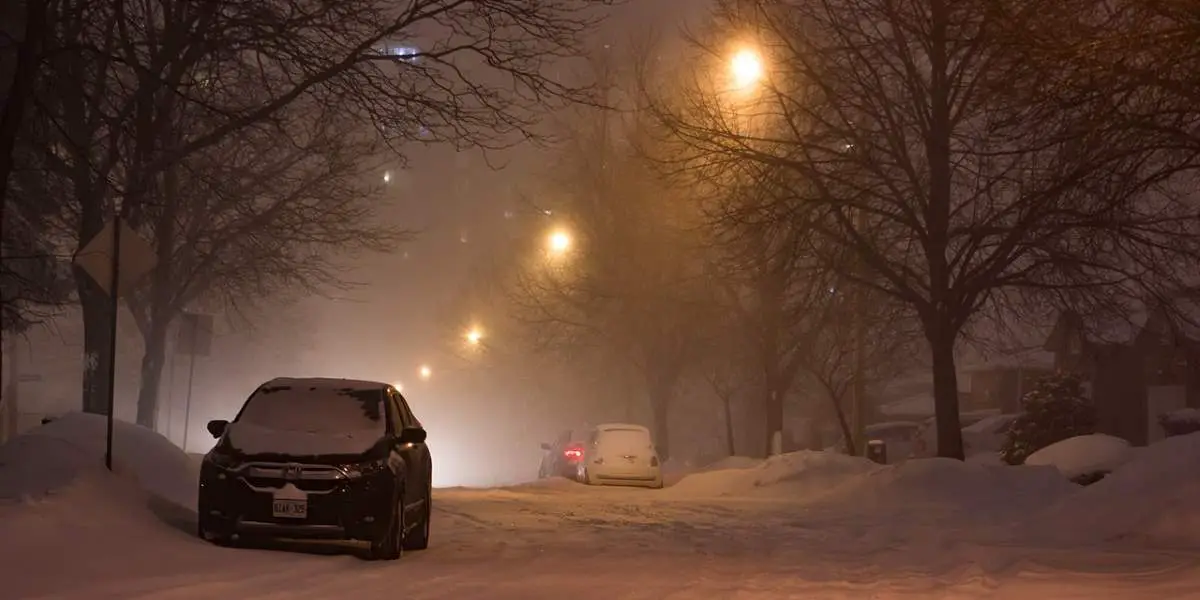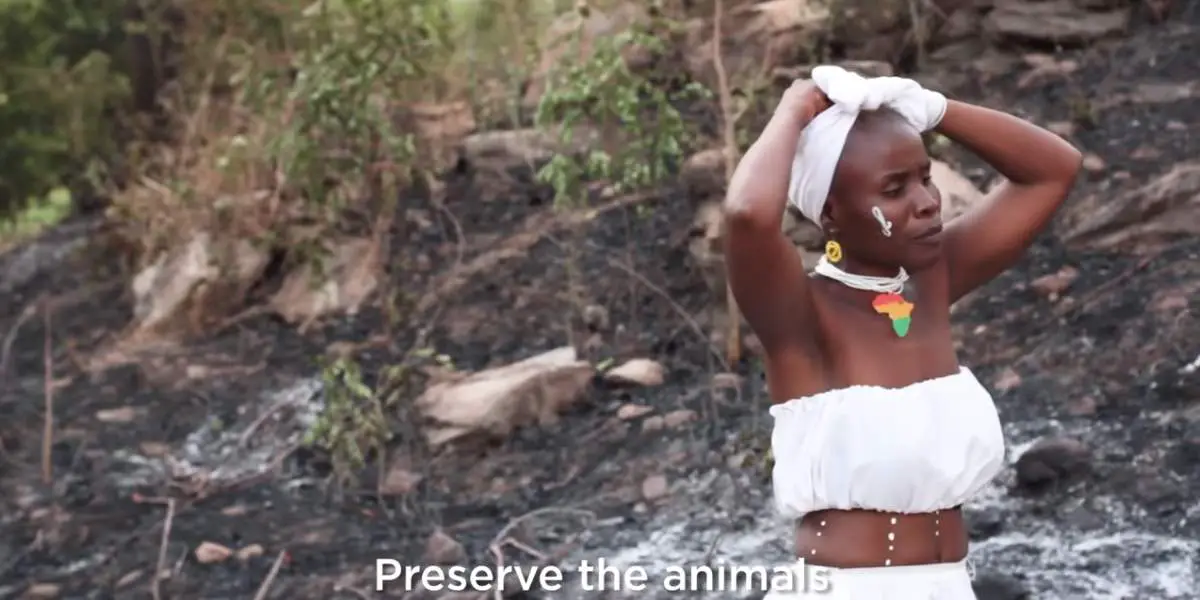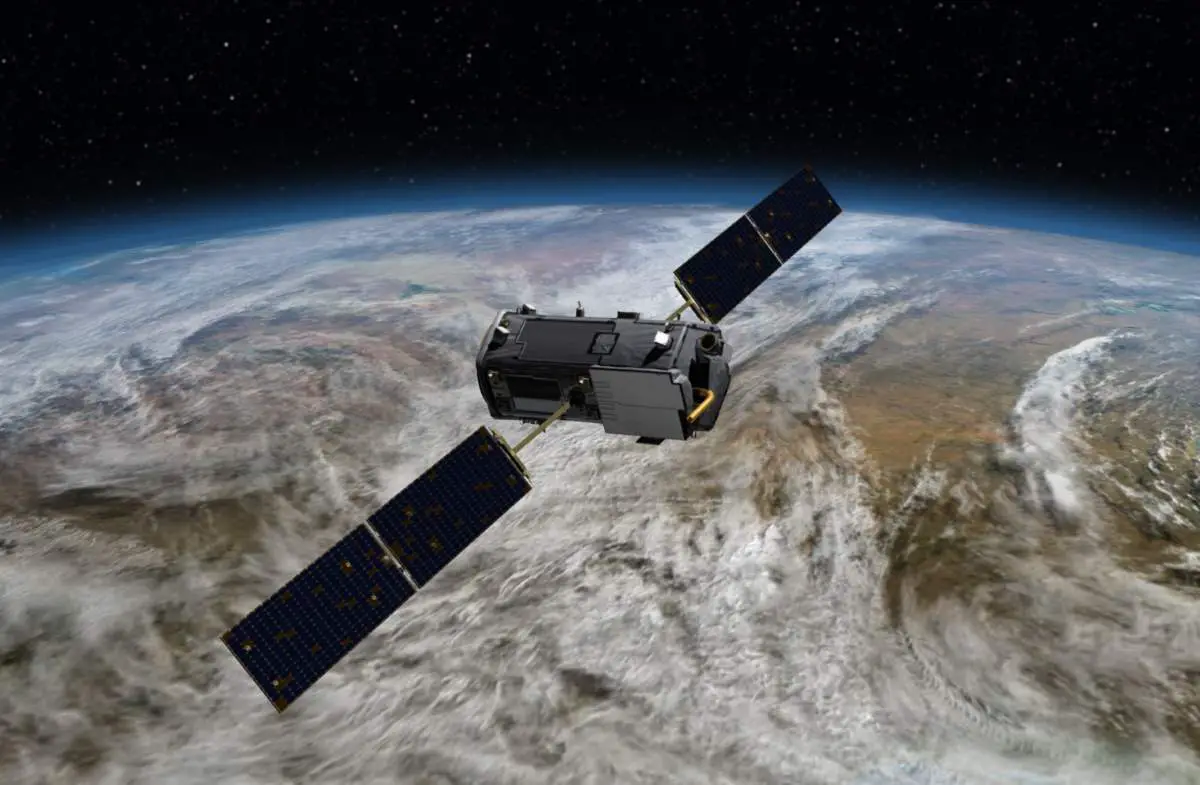Many of us think that rapid environmental change is a quintessentially modern crisis. Today, temperatures are soaring, topsoil is washing away, phosphorous is being diluted, forests are retreating, pesticides are sterilising farmland, fertilisers are choking waterways, and biodiversity is plummeting under the onslaught of overpopulated, industrialised societies. Some of these changes are indeed truly new. But many others have deep roots and distant echoes in the early modern period, the years between around 1400 and 1800 when much of the world began to assume its present form. Recently, scientists, geographers, historians, and archaeologists have combined expertise and evidence to reveal just how profound early modern environmental transformations really were.


